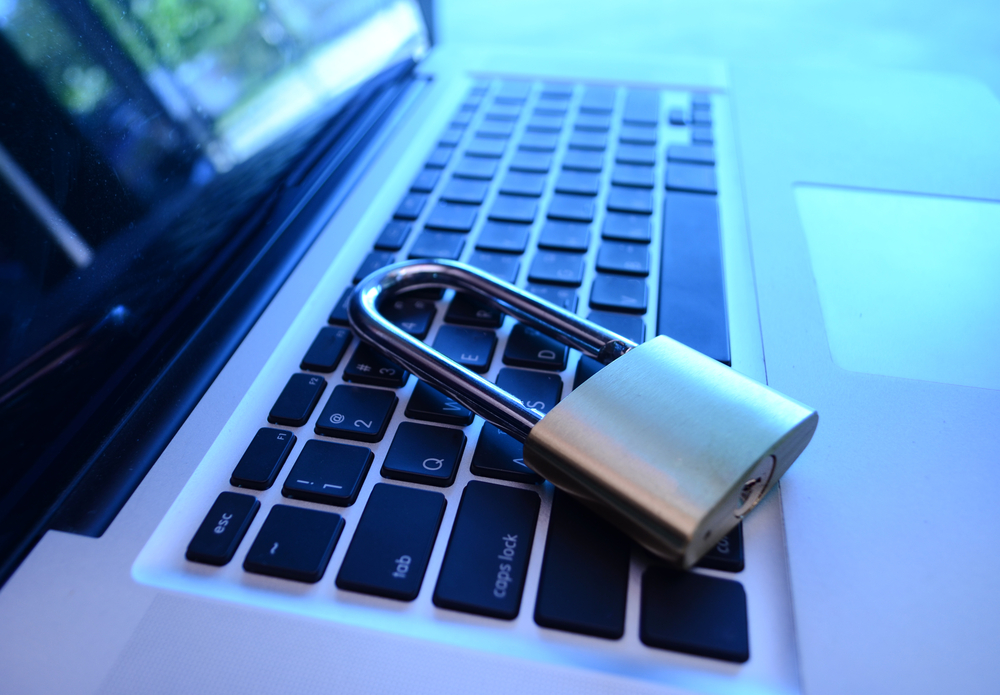There’s been a lot of news lately about the Chinese military allegedly launching cyber attacks to steal U.S. trade secrets. This has gotten people riled up, including the President of the United States, who issued a 5-point plan for protecting American trade secrets. The White House called on the public to make suggestions for new federal legislation to combat this growing threat. (Submissions were due April 22, 2013.)
This is a time of great opportunity to do something big to protect U.S. trade secrets. Unfortunately, some proposed solutions aren’t taking advantage of this opportunity. Some industry groups, for example, have suggested adopting new federal trade secret legislation that would not preempt state laws and only cover cases of “international misappropriation,” or only cover misappropriation by or for the benefit of foreign governments, companies, or individuals.
Respectfully, measures of this type don’t address the real issue and aren’t seizing the moment. The real lesson of Chinese cyberhacking is not that China has hackers targeting America, but that U.S. companies’ trade secrets are READ MORE


